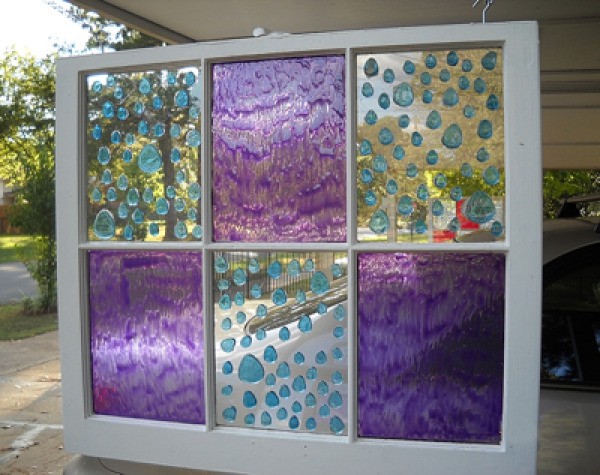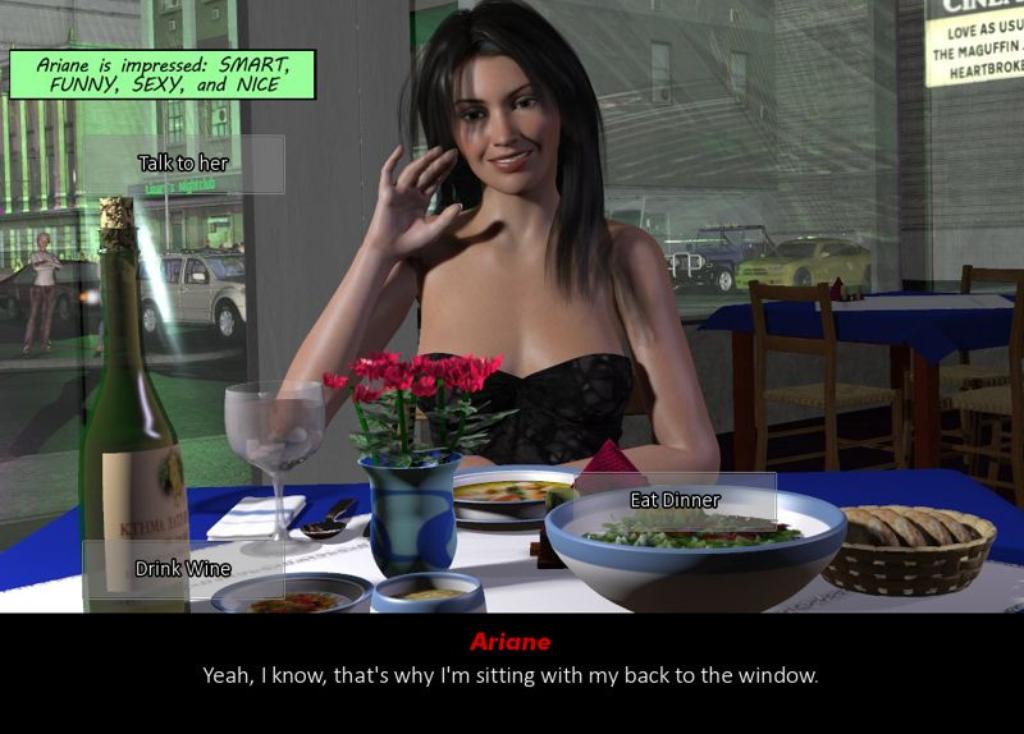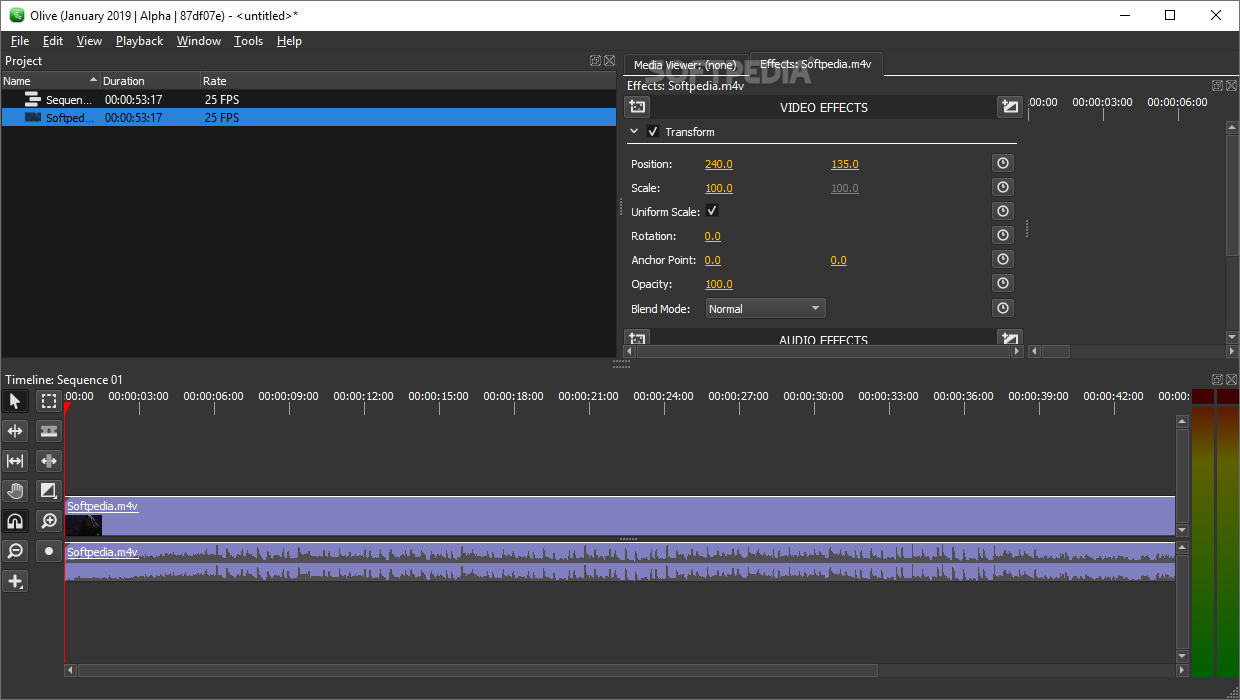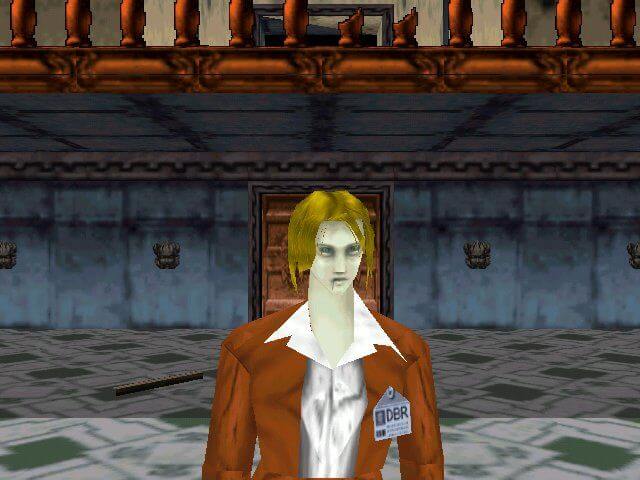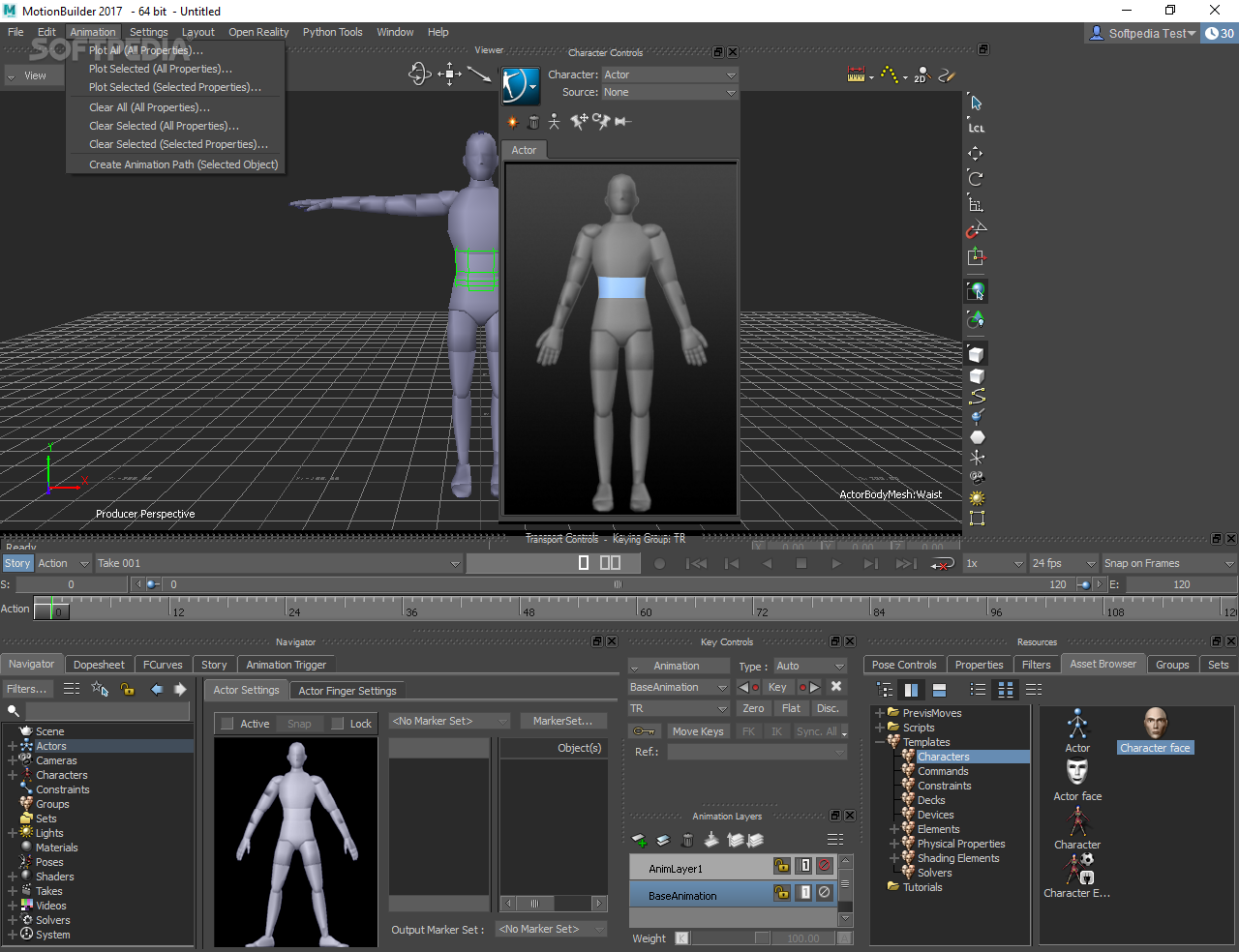It is often useful to be able to remember a small amount of information from one boot to the next. For example, you might want to set the default menu entry based on what was selected the last time. However, GRUB provides an "environment block" which can be used to save a small amount of state.
When executing the grub2-mkconfig command, GRUB 2 searches for Linux kernels and other operating systems based on the files located in the /etc/grub.d/ directory. The /etc/grub.d/10_linux script searches for installed Linux kernels on the same partition. The /etc/grub.d/30_os-prober script searches for other operating systems. Menu entries are also automatically added to the boot menu when updating the kernel.
For entries returned by os-prober first entry will be put on top level and all others in submenu. If this option is set to 'true', flat menu with all entries on top level will be generated instead. Your own GRUB settings are stored in the /etc/default/grub file. Scripts are also located in the /etc/grub.d/ directory. For example, on Ubuntu, there are scripts here that configure the default theme.
When booting with GRUB, you can use either a command-line interface (see Command-line interface), or a menu interface . Using the command-line interface, you type the drive specification and file name of the kernel manually. In the menu interface, you just select an OS using the arrow keys. The menu is based on a configuration file which you prepare beforehand . While in the menu, you can switch to the command-line mode, and vice-versa. You can even edit menu entries before using them.
I'm not sure how to add a menu entry which tells grub to boot from the external drive which has Windows 10 installed. I know I can use the search command with the external drive's uuid to set the root variable, but I'm not sure how to use the boot command after that, or which file to edit to add boot options. Windows 10 will, for the most part, be added to grub boot menu by the os-prober automajically. For my specific setup I wanted to completely hide grub menu and automatically boot windows unless a hotkey was pressed to boot Ubuntu. Note that internally signature enforcement is controlled by setting the environment variable check_signatures equal toenforce.
Passing one or more --pubkey options togrub-mkimage implicitly defines check_signaturesequal to enforce in core.img prior to processing any configuration files. It is disabled by default since automatic and silent execution of os-prober, and creating boot entries based on that data, is a potential attack vector. Set this option to 'false' to enable this feature in thegrub-mkconfig command. The list of commands are a subset of those supported for configuration files. Editing commands closely resembles the Bash command-line , with TAB-completion of commands, devices, partitions, and files in a directory depending on context.
So I had this issue after an update to windows 11 when I had been booting Linux from a hard drive sometimes. Anyway that is why I kept getting grub command line instead of a boot menu. This command is responsible for reading/boot/grub/grub.cfg, running the menu, and doing all the useful things GRUB is supposed to do. If the BIOS is setup to boot the disk in Legacy/mbr mode, installing GRUB2 on a GPT disk requires a dedicated BIOS boot partition with a recommended size of at least 1 MiB. This partition can be created via GParted or other partitioning tools, or via the command line.
The necessary GPT modules are automatically included during installation when GRUB 2 detects a GPT scheme. I have centos 7 installed in SSD_0 and Windows 10 installed in SSD_1. However in the boot menu, I only see centos entries.
I tried to add windows 10 entry in the grub config. If you are using BIOS mode, simple login as root and open a text editor and copy the entry you have in your first post to the 40_custom file in the /etc/grub.d/directory. That is if your windows boot files are actually on that partition, sda1. I'm just gonna "bite the bullet" someday soon and delete and reinstall Zorin and add Zorin to the Windows bootloader using EZBCD Edit and dual boot that way.
That got rid of GRUB from the MBR and brought things back to stock. That was with an MBR system, this new computer has a GPT system. I need to get rid of Grub from there and go back to just Windows 10. Even before the operating system is booted, GRUB 2 enables access to file systems. Users without root permissions can access files in your Linux system to which they have no access after the system is booted.
To block this kind of access or to prevent users from booting certain menu entries, set a boot password. Every time the system is booted, GRUB 2 loads the menu file directly from the file system. For this reason, GRUB 2 does not need to be re-installed after changes to the configuration file.
Grub.cfg is automatically rebuilt with kernel installations or removals. You can choose a Normal or a Minimal installation. Advanced users may want to do a Minimal install instead, which has fewer software applications installed by default. In addition, you can choose to download updates and whether or not to include third-party software and drivers. Insert the Windows installation media you created into your computer and boot from it. How you do this depends on your computer, but most have a key you can press to initiate the boot menu.
If the flash drive doesn't show up as an option, you may need to restart the computer. Sometimes it will show up only if you've inserted the media before turning on the computer. If you see a message like, "press any key to boot from the installation media," press a key. Select your language and keyboard style and click Next. The command-line interface provides a prompt and after it an editable text area much like a command-line in Unix or DOS.
Each command is immediately executed after it is entered8. The commands (see Command-line and menu entry commands) are a subset of those available in the configuration file, used with exactly the same syntax. GRUB supports embedding a configuration file directly into the core image, so that it is loaded before entering normal mode. Load a configuration fileSupport a human-readable text configuration file with preset boot commands. You can also load another configuration file dynamically and embed a preset configuration file in a GRUB image file. The list of commands are a superset of those supported on the command-line.
An example configuration file is provided inConfiguration. The recommended way to setup a Linux/Windows dual booting system is to first install Windows, only using part of the disk for its partitions. When you have finished the Windows setup, boot into the Linux install environment where you can create and resize partitions for Linux while leaving the existing Windows partitions untouched. The Windows installation will create the EFI system partition which can be used by your Linux boot loader.
I wonder if Windows installer understands grub and updates it automatically, like most linux distros have done to the windows boot loader for ages.... Because I didn't know anything about this piece, I took a lot of detours. Tried many software, including GRUB4DOS, XORBOOT, syslinux, etc. These software have their own characteristics, and I have not been able to understand it in depth. I finally chose to use grub2 because I feel that the support for BIOS and UEFI is very good, and the shortcomings are also obvious.
Load syslinux memdisk to load iso, but memdisk does not support uefi, and the configuration file rules are really abnormal, I feel like writing a front-end code. - I would suggest that you use VHDs to hold each Windows OS and copy each VHD file to the 2nd partition. Then place your \bootmgr file, \boot folder and \EFI\Microsoft\boot folders on partition 1 .
You will need to modify the \boot\BCD and \EFI\Microsoft\boot\BCD files to add boot entries to point to each VHD file (e.g. using BootIce). Then add a .grub2 menu file so that the menu entry to boot to \bootmgr and \EFI\Microsoft\boot\bootmgfw.EFI will be added into grub2 menu system. Ubuntu and most other Linux distributions now use the GRUB2 boot loader. You can change its settings to select a default operating system, set a background image, and choose how long GRUB counts down before automatically booting the default OS.
Please don't refer to boot-repair, it does not work with 16.xx. Supergrub2 disc saved me and re-installed grub but only partially - /etc/default/grub /boot/grub/grub.cfg, 40_custom is still missing. So I got /etc/default/grub from my own pc and it seem to be the same. Select the GRUB boot menu entry Windows 7 (on /dev/sda1).
Press e to edit the GRUB boot commands for Windows 7. Make two changes to this list of commands as illustrated in the menuentry above. The first line disables the graphical terminal. Note that specifying the GRUB_TERMINAL key overrides values of GRUB_TERMINAL_INPUT and GRUB_TERMINAL_OUTPUT. On the second line, adjust the baud rate, parity, and other values to fit your environment and hardware. A much higher baud rate, for example , is preferable for tasks such as following log files.
Once you have completed the changes in the /etc/default/grub file, it is necessary to update the GRUB 2 configuration file. GRUB 2 scripts search the user's computer and build a boot menu based on what operating systems the scripts find. To reflect the latest system boot options, the boot menu is rebuilt automatically when the kernel is updated or a new kernel is added. In general, it is not recommended to replace the grub.cfg file by manually running grub2-mkconfig except as a last resort.
Note that any manual changes to /etc/default/grub require rebuilding the grub.cfg file. Basically, the menu interface provides a list of boot entries to the user to choose from. Use the arrow keys to select the entry of choice, then press RET to run it. An optional timeout is available to boot the default entry , which is aborted by pressing any key.
You can add additional custom menu entries by editing /etc/grub.d/40_custom and re-generating /boot/grub/grub.cfg. Or you can create /boot/grub/custom.cfg and add them there. Changes to /boot/grub/custom.cfg do not require re-running grub-mkconfig, since /etc/grub.d/41_custom adds the necessary source statement to the generated configuration file. When using the grub-install command, the boot information is updated and written to the designated drive, missing - but not corrupted or intentionally deleted - files are restored. Specifically the core.img, grubenv, and device.map are updated and missing modules restored.
The grub-install command does not generate a new GRUB 2 menu (grub.cfg). Not all payloads may be listed in the grub2 menu on every system. For instance, if the payload file does not work on 32-bit systems, the menu entry for it will only appear on 64-bit systems. If the payload does not boot in MBR mode, then the menu entry will only be listed when booting in UEFI-mode.
There should be a FAT32 partition and an NTFS partition followed by two empty partition entries. If you have an entry at #3 position (e.g. Type 0x83 ID), this may stop some BIOSes from listing the USB drive as UEFI-bootable. If the #3 partition is not wanted, delete it using a partition editor. Secure Boot should be disabled in the BIOS\Firmware menu if the 2nd partition is NTFS (use Beta10+). This prevents the menu entry from being displayed if it is known that it does not work.
For instance, if it only works when booted on UEFI 64-bit systems, use $EFI64. If the payload works on both 32-bit MBR and 32-bit UEFI systems, use $BIT32. If the payload works only in MBR mode, use $MBR. Each 'if' statement must be balanced with a corresponding 'fi' statement. For instance, if the payload file does not work on 32-bit systems, the menu entry for it will only appear in the grub2 menu on 64-bit systems.
I installed Grub Customizer in Linux and now use that with Grub to control boot process, which offers the boot menu at start up, much faster. After you reboot, you will be prompted for a user name and a password when trying to boot a menu entry. Enter root and the password you typed during the grub2-mkpasswd-pbkdf2 command. If the credentials are correct, the system will boot the selected boot entry. Installed a new version of Windows 7 on a new partition, which messed up my Grub bootloader, and only let me choose between my current Windows versions. This setup destroyed my boot setup so that no loader whatsoever appeared, the only thing that came on-screen was the HP logo then "ERROR!
If you've got a spare CD lying around, take the time to burn yourself the SuperGrub2Disk. It's quick, it's easy, and it'll let you choose what OS to boot from so you can go into your Linux and do the sudo apt-get install grub to get your MBR back in order. If you installed Windows from scratch and left unallocated space on the disk, Ubuntu will automatically set itself up in the empty space, so you won't see this screen. If you already had Windows 10 installed and it's taking up the entire drive, this screen will appear and give you an option to select a disk at the top. If you have just one disk, you can choose how much space to steal from Windows and apply to Ubuntu. You can drag the vertical line in the middle left and right with your mouse to take space away from one and gives it to the other.
Adjust this exactly the way you want it, then click Install Now. UEFI Secure Boot does not prevent the installation or removal of second-stage boot loaders, nor require explicit user confirmation of such changes. Signatures are verified during booting, not when the boot loader is installed or updated. Therefore, UEFI Secure Boot does not stop boot path manipulations, it helps in the detection of unauthorized changes.
A new boot loader or kernel will work as long as it is signed by a key trusted by the system. Rescue mode provides a convenient single-user environment and allows you to repair your system in situations when it is unable to complete a normal booting process. In Red Hat Enterprise Linux 7, rescue mode is equivalent to single user mode and requires the root password. This section applies only to the legacy BIOS booting.





